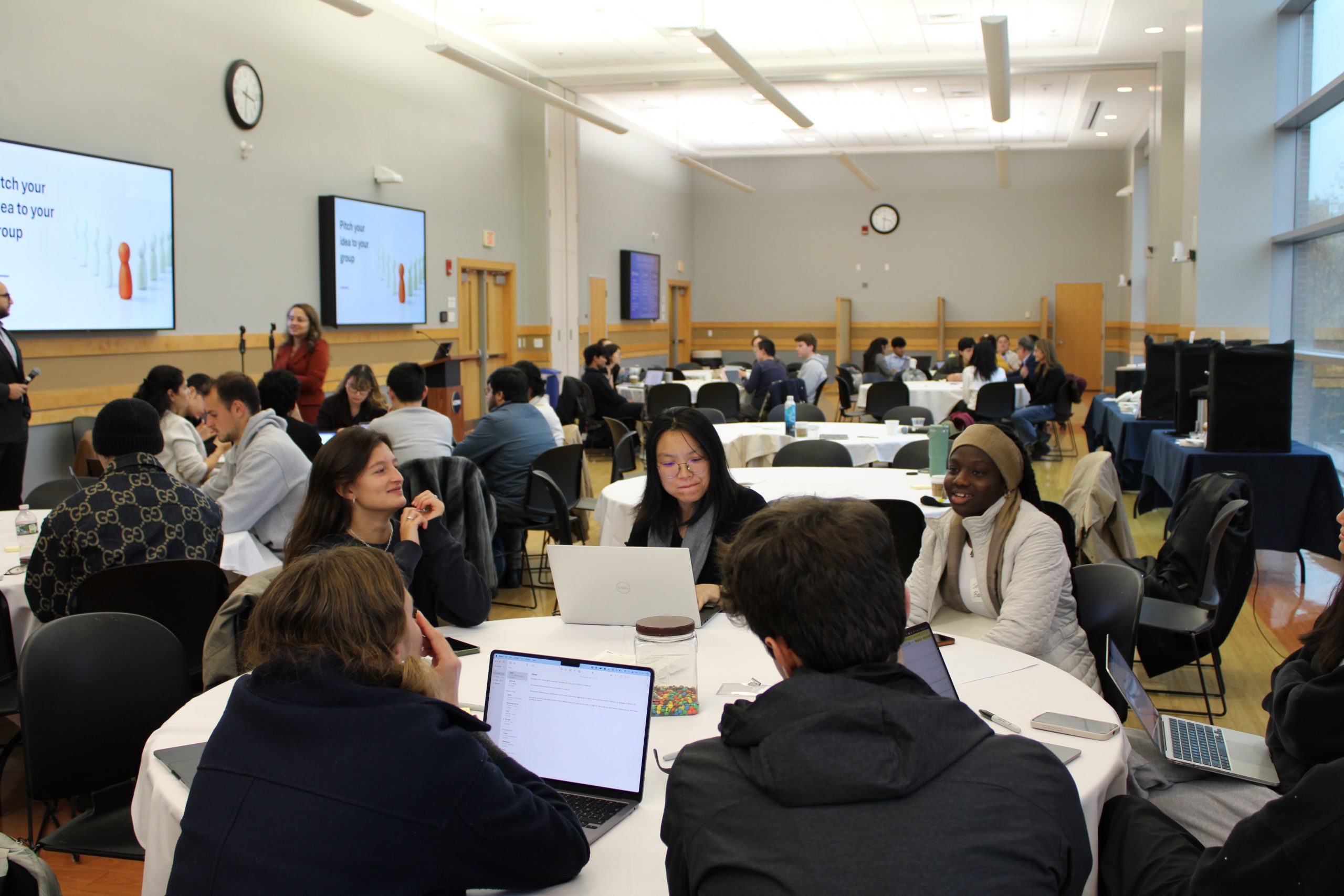![]() A new study of the world Jewish population in 2010 shows Israel’s share of world Jewry increasing rapidly and the U.S. Jewish population growth rate slowing. The number of Diaspora Jews overall is steadily decreasing, says the report, published by the Mandell L. Berman Institute-North American Jewish Data Bank, which is housed in UConn’s College of Liberal Arts and Sciences.
A new study of the world Jewish population in 2010 shows Israel’s share of world Jewry increasing rapidly and the U.S. Jewish population growth rate slowing. The number of Diaspora Jews overall is steadily decreasing, says the report, published by the Mandell L. Berman Institute-North American Jewish Data Bank, which is housed in UConn’s College of Liberal Arts and Sciences.
The report shows a growing concentration in the two major Jewish population centers, Israel and the United States, which together account for 10.9 million Jews, or 82 percent of the new world estimate of 13.4 million.
The report reflects the work of demographer Sergio DellaPergola, the Shlomo Argove Professor of Israel-Diaspora Relations at the Hebrew University of Jerusalem. It presents research at the national level for 93 countries.

An earlier report in the series, Jewish Population in the United States 2010, was prepared by Ira M. Sheskin, professor of geography and regional studies and director of the Jewish Demography Project at the University of Miami, and sociologist Arnold Dashefsky, the Doris and Simon Konover Chair of Judaic Studies in CLAS and director of the Center for Judaic Studies and Contemporary Jewish Life at UConn.
During the past five or six years, Israel’s Jewish population, totaling 5.7 million in 2010, has surpassed the total estimated for the U.S. of nearly 5.3 million. The U.S. figure may be understated, however, Dashefsky says, because of the way data was gathered in the U.S.
“My view is that they’re approximately even,” he says.
But Israel’s Jewish population growth rate is faster, due to a higher birth rate and immigration from Russia.
Who is defined as a Jew in the two countries differs, with the U.S. count including anyone affirming a Jewish identity that is accepted by others, and the Israeli count relying on the religious law definition of one who is born of a Jewish mother or whose conversion is accepted by religious authorities.
American Jewry has remained constant or has slowly declined since 1990, the world report found, while Israel’s Jewish population grew by 95,000 in 2009 alone.
More than 52 percent of world Jewry live in five large metropolitan areas, the world report says: Tel Aviv, New York, Jerusalem, Los Angeles, and Haifa. Other U.S. cities with large Jewish populations are Miami, San Francisco, Chicago, Philadelphia, Boston, and Washington, D.C.
The U.S. report notes that there were 50 Jews in the U.S. in 1660. Connecticut had 6,000 Jews in 1899, compared with 119,000 today. The U.S. has two nearly 100 percent Jewish communities of Hasidic Jews: Kiryas Joel in Orange County, N.Y., and New Square in Rockland County, N.Y.
The Mandell L. Berman Institute-North American Jewish Data Bank has been housed at UConn since 2004 in the Center for Judaic Studies and Contemporary Jewish Life in CLAS. It is the central repository of social scientific studies of North American Jewry. It provides access to other national Jewish population reports and about 200 local Jewish community studies in North America.
The data bank is a collaborative project of The Jewish Federations of North America, UConn’s Center for Judaic Studies and Contemporary Jewish Life, and the Roper Center for Public Opinion Research at UConn.



